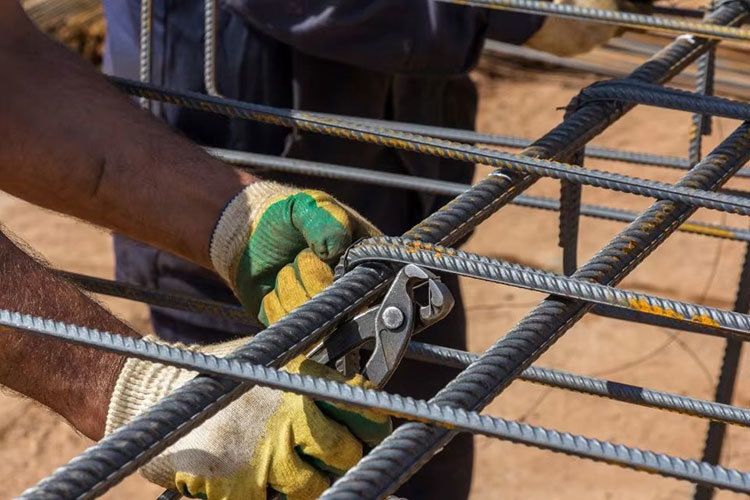Building Strong Foundations: The Role of Deformed Steel Bars in Construction
Apr 05,2025

Understanding Deformed Steel Bars
When it comes to construction, we often hear the term deformed steel bar thrown around, but what does it really mean? Simply put, deformed steel bars (or rebar, as it's commonly known) are steel bars with surface deformations, designed to improve their grip on concrete. This ensures that the two materials work together effectively, providing a solid structure that can withstand various stresses.
Why Use Deformed Steel Bars?
Now, you might be wondering, why not just use plain steel bars? Well, let me tell you, the deformations on these bars are like little superheroes in the construction world! They help prevent slippage and enhance the bond between the concrete and steel, making for a more robust and durable structure. With the right choice of materials, builders can minimize the risk of structural failure, which is a huge concern in the industry.
Applications in the Construction Industry
Deformed steel bars are widely used in various construction applications. From high-rise buildings to bridges and even roads, they are integral to ensuring that structures can handle loads and resist tension. You might find them in:
- Foundation work
- Column reinforcements
- Slabs and beams
- Retaining walls
- Precast concrete products
Each of these applications benefits immensely from the incorporation of deformed steel bars, showcasing their versatility and strength.
Advantages of Using Deformed Steel Bars
Alright, let’s break down some of the key advantages:
- Enhanced Bonding: The surface deformations create a mechanical interlock with concrete.
- Improved Durability: They are less likely to corrode, especially when used in protected environments.
- Cost-Effective: Though they might cost slightly more than plain bars, the long-term savings from fewer repairs are worth it!
- Increased Load Capacity: The added grip means that structures can support greater loads without risk of failure.
Challenges and Considerations
Of course, nothing is without its challenges! While deformed steel bars are fantastic, they do come with their own set of considerations:
- Handling: These bars can be heavy and cumbersome, requiring careful handling on-site.
- Welding Issues: Because of their unique surface characteristics, welding them can be tricky and may require specialized techniques.
- Code Compliance: It's crucial to adhere to local construction codes and standards when using them.
By being aware of these challenges, builders can take the necessary precautions to ensure successful implementation.
Future Trends in Deformed Steel Bars
As technology advances, so does the manufacturing of deformed steel bars. Innovations such as corrosion-resistant coatings and improved production methods promise to enhance their performance even further. Plus, with the push for sustainable building practices, the industry is looking toward recycled materials that still maintain the strength and integrity we’ve come to expect from deformed steel bars. Exciting times ahead!
In Conclusion
In the grand scheme of construction, deformed steel bars play a pivotal role. They are more than just steel; they are the backbone of countless structures, ensuring safety, stability, and longevity. As construction continues to evolve, the importance of these little heroes will only grow, paving the way for stronger and safer buildings in the future.
So next time you see a construction site, take a moment to appreciate the deformed steel bars that are working tirelessly behind the scenes to keep everything standing tall!
Contact Us







